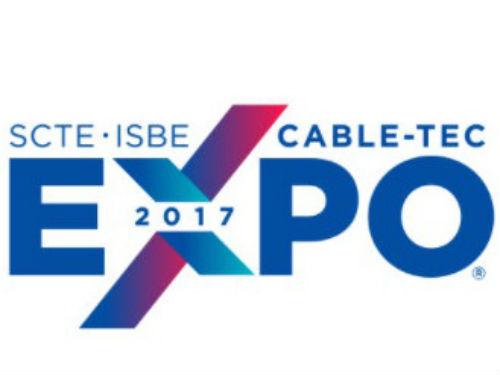Cable-Tec Expo: Ramping Up for Remote PHY

Denver – Though it’s a concept that’s a decade in the making, the time has come for Remote PHY.
Read More: Complete coverage of Cable-Tec Expo 2017
Remote PHY, an emerging access network architecture that pushes key electronics toward the edge of the network, is rapidly becoming an important component of cable operator engineering strategies as they look to stay a step ahead of space, power and capacity requirements.
That much was clear here among a set of MSO executives who kicked off a half-day seminar at Cable-Tec Expo Monday that explored all facets of Remote PHY.
The operators, which focused on the “why” for Remote PHY, said multiple benefits are factoring into their desire to put Remote PHY into play.
While driving more fidelity and capacity into the network are among the advantages, the space and power savings appear to be rising to the top of that list.
“Facilities costs can be a killer,” Jon Pederson, chief technology officer at Midco, said.
Multichannel Newsletter
The smarter way to stay on top of the multichannel video marketplace. Sign up below.
Midco has centered its broadband strategy for HFC on DOCSIS 3.1, and is looking for Remote PHY to help the operator reach out to some rural areas that are not suitable for a traditional, more centralized cable modem termination systems or converged cable access platforms (CCAPs).
Pederson said D3.1 service is available to 75% of its network today, but noted that there are about 14 hub sites, representing about 9.5% of Midco’s subscriber base, that the operator is targeting for Remote PHY.
He said Midco has Remote PHY working in the lab today, and has equipment on order for field trials that are expected to get started later this year. Additionally, all of Midco’s new nodes are Remote PHY-capable, Pederson said.
Jorge Salinger, vice president of access architecture at Comcast Cable, agreed that the power and space savings that come with Remote PHY are main drivers, while the increased performance that comes with the architecture is “a nice to have, to some extent.”
Remote PHY, Salinger said, “is a fundamental component to our strategy,” noting that it fits in well with other, related initiatives such as Full Duplex DOCSIS, an annex to D3.1 that will support multi-gigabit symmetrical speeds.
Though product development is well underway, deploying Remote PHY won’t be simple.
Salinger called Remote PHY “the most complicated technology we’ve deployed to date…The basic implementation itself is complex.”
He also stressed that Remote PHY products, which include new nodes that support the architecture, will need to work together, just as DOCSIS modems and network gear do today. Interoperability between vendors “will be a requirement” for Comcast, Salinger said.
He noted that lab work is ongoing today and that Comcast has been working with multiple vendors on Remote PHY projects since early 2016.
Like other cable operators, Liberty Global, which operates systems in parts of Europe and Latin America, also sees space and power at the top of the Remote PHY agenda as it is pressed to keep up with the ever-increasing customer demand for bandwidth.
“We’re challenged to grow within our means,” Phil Oakley, head of access architecture at Liberty Global, said.
Oakley also outlined some potential use-case scenarios for Remote PHY that could fit into Liberty Global’s multi-region architecture.
In the U.K., Virgin Media has a major new-build initiative underway, which causes some challenges on the MSO’s existing hub sites. Remote PHY, Oakley said, will help to reduce power and space requirements in those situations.
Germany, where Liberty Global is employing analog DWDM, is also faced with some field-power issues. Liberty Global is also facing challenges as it reaches out to some low-density hub sites in other parts of Europe that might not fit well with legacy platforms and technologies.
